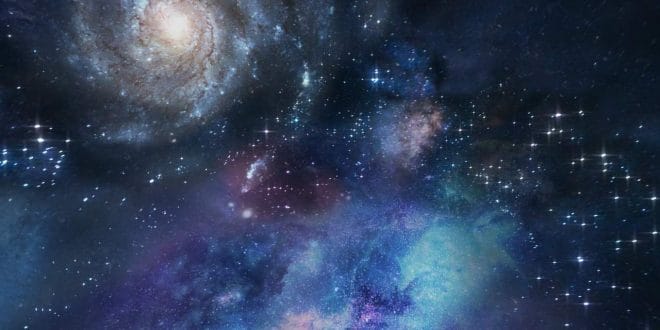Summary:
Stars eventually die when they run out of fuel for nuclear fusion in their cores. The exact way a star dies depends on its mass. Small stars like the Sun become red giants and shed their outer layers, while massive stars explode in supernova explosions, leaving behind remnants like white dwarfs, neutron stars, or black holes.
Explaining What Causes a Star to Die:
Stars, like living beings, have a life cycle—a beginning, a middle, and an end. While stars may seem eternal in the night sky, they eventually reach the end of their lives when they run out of fuel for nuclear fusion in their cores.
Running Out of Fuel:
The energy that powers a star comes from nuclear fusion, where hydrogen atoms fuse together to form helium. This process releases energy in the form of light and heat, which makes the star shine brightly in the night sky. However, stars have a finite amount of hydrogen fuel in their cores, and eventually, they use it all up.
Changes in Structure:
As a star runs out of hydrogen fuel, it undergoes changes in its structure and behavior. For small- to medium-sized stars like our Sun, the core contracts while the outer layers expand, turning the star into a red giant. During this phase, the star sheds its outer layers into space, creating a beautiful nebula.
End Stages:
Once a star has exhausted its nuclear fuel, its fate depends on its mass. Small stars, like the Sun, eventually shed their outer layers and become dense, compact objects known as white dwarfs. These objects slowly cool over billions of years, eventually fading away into darkness.
Explosive Endings:
Massive stars, on the other hand, end their lives in spectacular explosions known as supernovas. When these stars run out of fuel, their cores collapse under their own gravity, triggering a runaway nuclear reaction that blows the star apart. The explosion can briefly outshine entire galaxies and leave behind remnants like neutron stars or black holes.
Remnants:
The remnants left behind by a dying star depend on its mass. A medium-sized star may leave behind a white dwarf, while a massive star may become a neutron star or collapse into a black hole—a region of space where gravity is so strong that nothing, not even light, can escape.
Stars may seem eternal in the night sky, but like all things in the universe, they eventually come to an end. Whether they fade away quietly like our Sun or explode in a fiery supernova, the death of a star marks the end of one chapter in the cosmic story and the beginning of another.
FAQs: What Causes a Star to Die?
When a star exhausts its nuclear fuel, it can no longer sustain fusion reactions in its core. This causes the core to collapse, leading to different outcomes based on the star’s mass.
Stars can die in several ways:
– Low-Mass Stars: Become white dwarfs after shedding their outer layers.
– Medium-Mass Stars: May end up as neutron stars after a supernova explosion.
– Massive Stars: Can collapse into black holes following a supernova.
A supernova occurs when a massive star’s core collapses, causing a violent explosion. This explosion releases a tremendous amount of energy, ejecting the star’s outer layers into space.
A white dwarf is the remnant core of a low to medium-mass star that has exhausted its fuel. It is incredibly dense and slowly cools over time, eventually becoming a cold, dark object known as a black dwarf.
Yes, low-mass stars like red dwarfs can die quietly by gradually burning out their fuel, turning into white dwarfs without any dramatic explosion.
A black hole forms when a massive star’s core collapses under its own gravity after a supernova. The gravitational pull becomes so strong that not even light can escape, creating a black hole.
The lifespan of a star depends on its mass. Massive stars burn their fuel quickly and may die in a few million years, while smaller stars like the Sun can last for billions of years before dying.
Gravity plays a crucial role in a star’s death by causing the core to collapse when nuclear fusion ceases. The resulting collapse leads to various outcomes, such as forming a white dwarf, neutron star, or black hole.
Neutron stars are incredibly dense remnants of massive stars that have undergone supernova explosions. They are composed almost entirely of neutrons and have a small radius, around 10-20 kilometers.
While a star itself cannot be reborn, the materials ejected during its death (like in a supernova) can contribute to the formation of new stars, planets, and other celestial objects, continuing the cycle of stellar evolution.
 Lifeved The Keys to a Better
Lifeved The Keys to a Better



 by
by